Weekly Blogging
I spent a few weeks away from the office in early January, just like last year, mostly […]
I spent a few weeks away from the office in early January, just like last year, mostly […]
There is a feature of SQL I have not seen used much and probably with good reason. […]
Before jumping into the news and code, let’s start from the beginning: Why does someone use Azure […]
Today’s topic pertains to 99.999% of all people, young, old, and all age ranges . I am […]
The data transformation tool dbt (data build tool) has become more and more popular over the past […]

Part 2 in the series: A Comprehensive Beginners Guide to Configuration with MySQL Shell. In the first […]
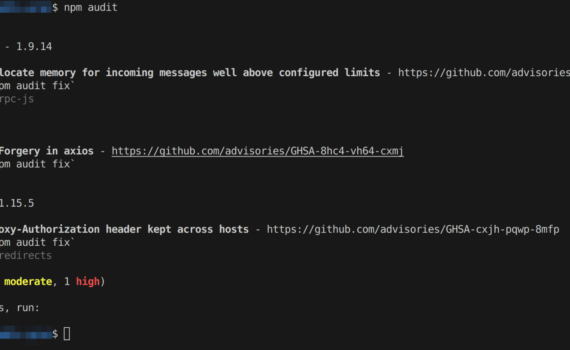
Security is important regardless of your industry, whether it’s finance, retail, e-commerce, or the broader world of […]
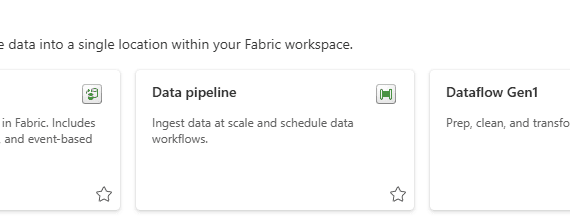
At first sight, the new Copy Job may seem only one more redundancy: Why do we need […]
A view is a virtual table, created when it’s invoked by the < view name>. The goal […]
Preface If you are a frequent reader of Simple-Talk, it’s possible that you’ve come across blogs about […]
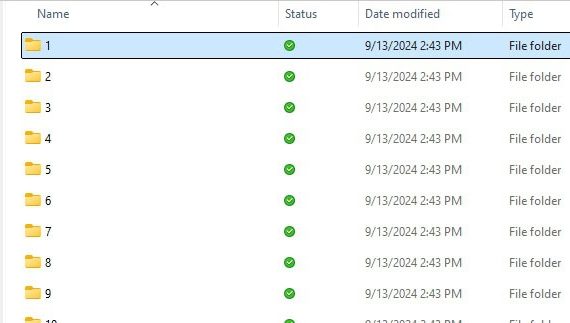
Previously, we introduced and discussed the Parquet file format and SQL Server and why it is an […]
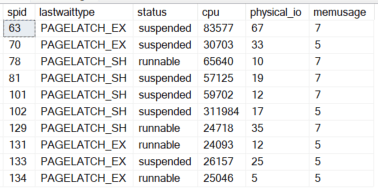
I recently had an interesting production SQL Server issue that turned out to be very easy to […]
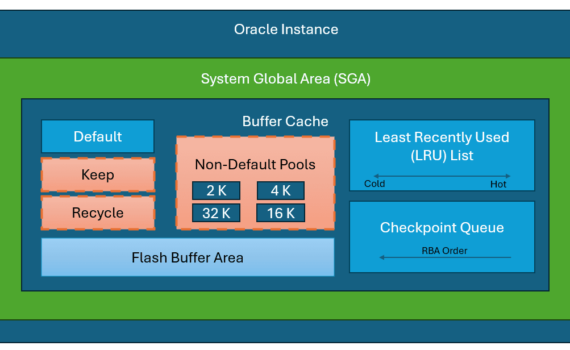
I often fall back to the tried-and-true methods to understanding Oracle environments. Yes, sometimes the older ways […]
I’ve had lots of wish lists over the years, from Ladybug to Connect to UserVoice, and very […]

Happy New Year to all of the Simple talk readers! What a year this has been. I […]
The database is an important part of any application and setting it up correctly is key to […]

This article compares the Frappe and the Laravel frameworks, focusing on key technical differences in customization, database […]
I’ve used both Snowflake views and materialized views with varying degrees of success. Both have their place […]

First off, thank you to Kevin Chant for hosting TSQL Tuesday this month. And equally, thank you […]

In a typical data warehouse project, data is loaded, transformed and stored into a data store using […]
Query Store. This is my choice in relation to “What feature release made you say WOW!”, the […]
Oracle Database, often referred to simply as Oracle, is one of the most powerful and widely used […]
We are becoming used to being a bit lazy when granting permissions to Data Warehouses and lakehouses […]
You probably already realize this, but I work for a company that sponsors conferences. As the editor […]

If you’re a frequent reader of the Simple-Talk blog, you’re no stranger to indexes as we’ve covered […]

In Part I of this series, we explored overlap queries and the problems that accompany them, along […]
This article is part of Robert Sheldon’s continuing series on Mongo DB. To see all of the […]
In today’s data-driven enterprise environment, businesses increasingly rely on Snowflake’s cloud data warehouse for handling large-scale data […]
In this article, I will discuss hiring and motivating technical polyglots. A polyglot is a person who […]

The amount of news brought by Ignite is huge. I was not expecting to find so many […]

When analytic data is stored directly in SQL Server, a clustered columnstore index is an ideal place […]

When you think of how to store data in a database, you think of data types. A […]

When learning something new, we always compare it with what we know. In this case, we end […]
Today’s post is in reply to the invitation post, Josephine Bush asks the question: “How do you […]
Like ancient Gaul, SQL is divided into three sub- languages. The DDL (Data Declaration Language) declares the […]
Welcome to part 2 of our Demystifying Continuous Integration vs. Continuous Delivery series. In Part 1 of […]

In the previous article (here) touched on the overview of Frappe and ERPNext and how they’re connected. […]

Time to start! Annabel Graham (Head of events at Redgate) comes out on stage Intro Annabel […]
This article is part of Robert Sheldon’s continuing series on Mongo DB. To see all of the […]
In this post, I want to share a few places where you can keep up with what […]
Although it is probably true to say that “AI is reshaping the landscape of database technology“, it’s […]
T-SQL Notebooks is one of the new features announced during FabCon Europe. The most distracted could miss […]
By now, pretty much everyone has heard the stories about the first computers. They were huge, cost […]

If you’ve been following Simple Talk for a while, you know that we’re fans of databases and […]

In this article, I am going to explain how you can dial your productivity up to 11 […]

SQL is easy to start writing. The basic syntax to start returning data is very simple. This […]
Companies today require database systems that are reliable and capable of efficiently handling large volumes of data […]

This article is part of Robert Sheldon’s continuing series on Mongo DB. To see all of the […]

Power BI has been a leading data visualization tool in the market for years. It can be […]

In business operations and management, the integration of large Enterprise Resource Planning (ERP) systems has become paramount. […]